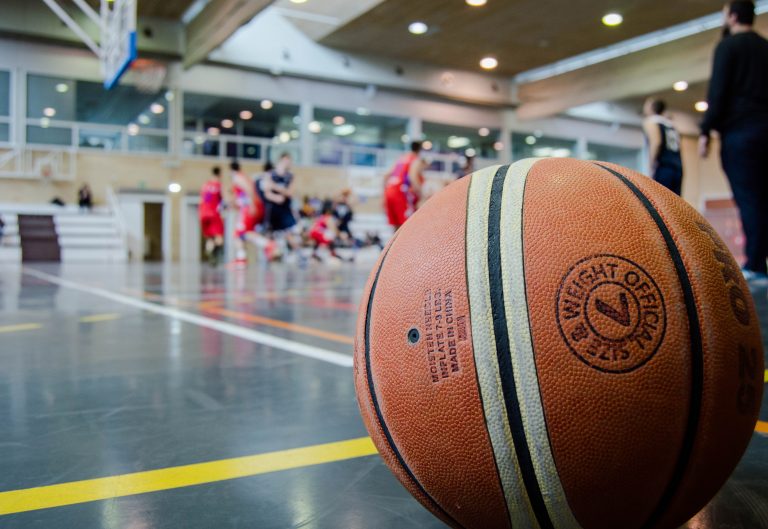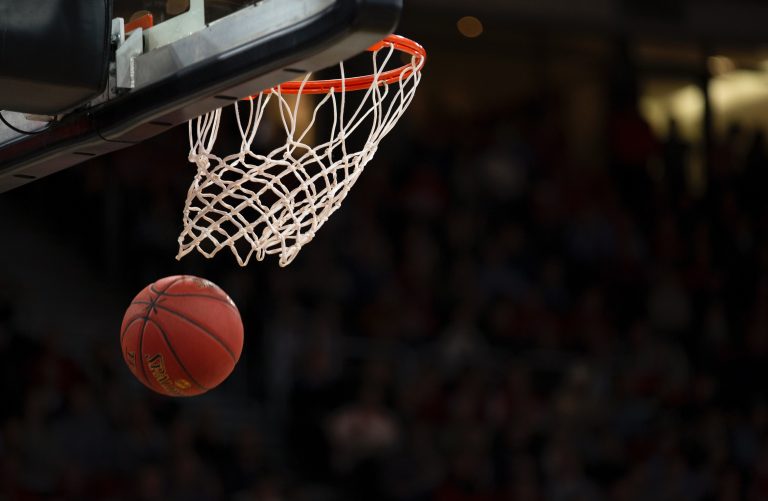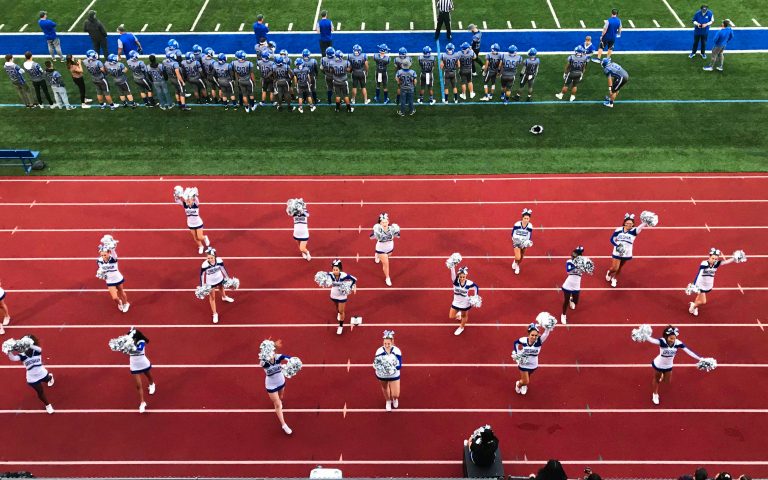Men’s College Basketball & Football: How Do Diversity Levels Compare?
Division I Men’s college basketball and college football are the two most popular college sports fans love to watch. According to a Gallup poll in 2017, approximately 56% of pollsters said they were fans of college football. Additionally, 38% of pollsters said they were fans of college basketball. The only other sports rated more highly among pollsters were Olympic and some professional sports. Sports bring people together from all walks of life. Many universities have started to actively recruit more diverse coaches to more accurately reflect the diversity of the players. However, there is still a lot of progress to be made. Given the analysis of the past 3 articles: How does the diversity of men’s college basketball compare to college football?
What Is the Diversity of Division I College Football?
Data from the NCAA Race and Gender Demographics Database shows that among Division I men’s college football student-athletes in 2020, 36.5% were white, 48.4% were black, 3% were Hispanic/Latino, 0.3% were Asian.
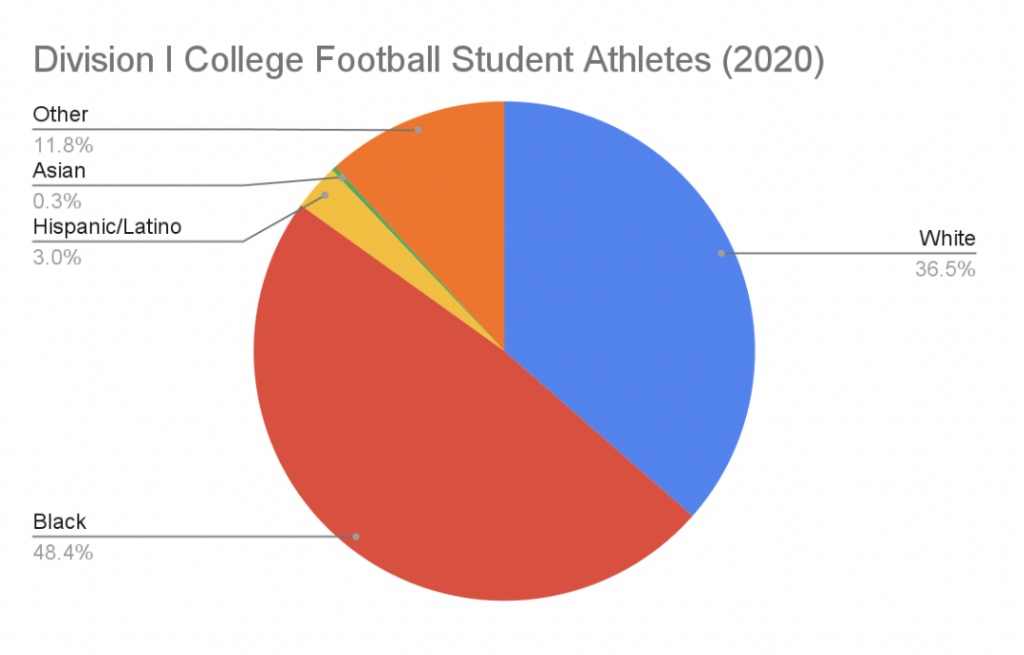
Data from the NCAA Race and Gender Demographics Database shows that among Division I head coaches in 2020, 81.7% were white, and 15.6% were black, with other minority groups also severely lacking representation.
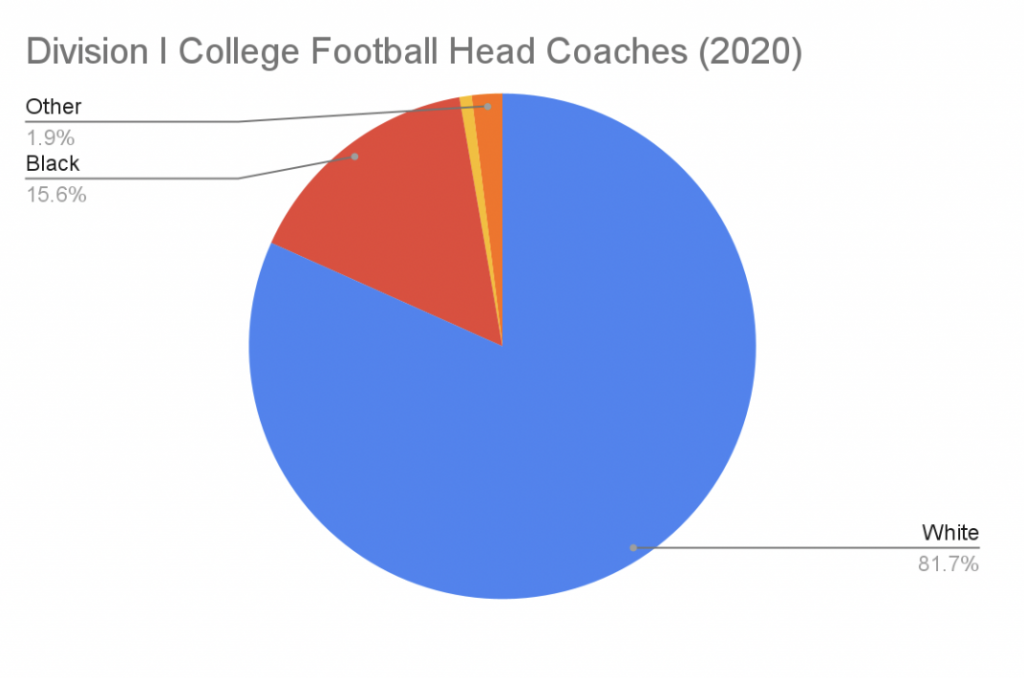
Data from the NCAA Race and Gender Demographics Database shows that among Division I men’s college basketball student-athletes in 2020, 22.9% were white, 56.0% were black, 2.1% were Hispanic/Latino, 0.4% were Asian, and 6.4% were mixed race.
What Is the Diversity of Division I Men’s College Basketball?
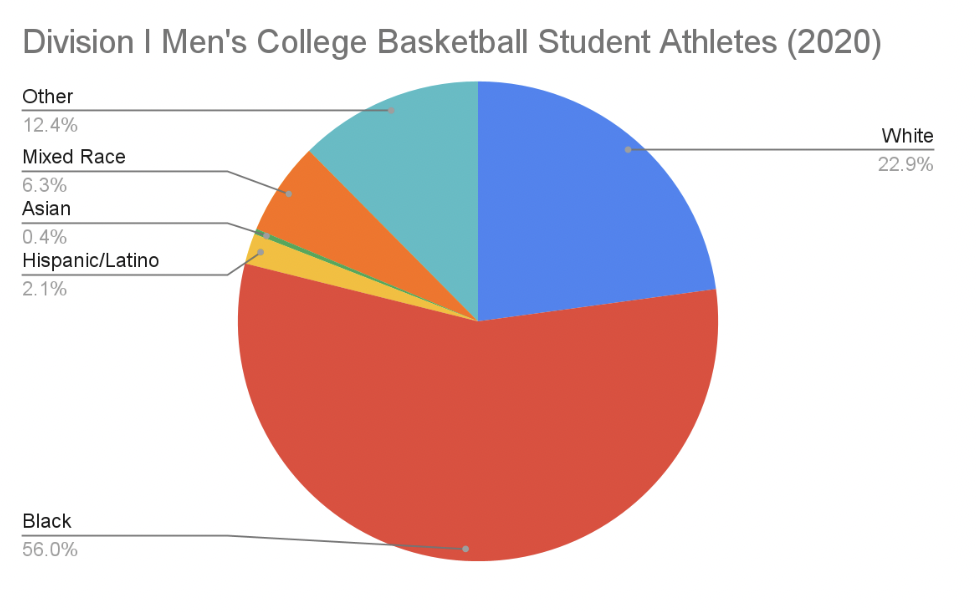
Data from the NCAA Race and Gender Demographics Database shows that among Division I men’s college basketball head coaches in 2020, 70.6% were white, and 27.7% were black, with other minority groups severely lacking representation.
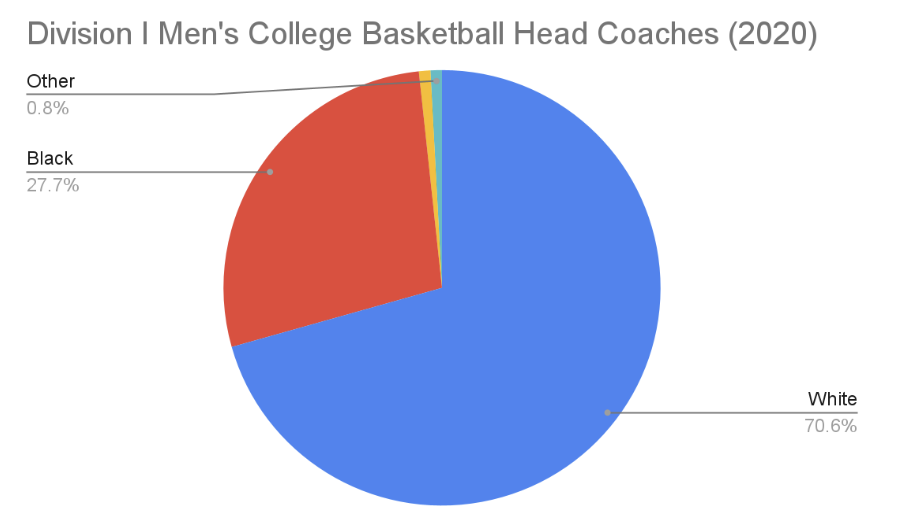
How Does the Diversity Compare For College Backetball & Football?
After analyzing the data from 2020 from the official NCAA website, there are about 12% more black head coaches in Division I men’s college basketball than in college football. However, while this seems to be a better reflection of college basketball, it is not. College basketball has about 8% more black student-athletes than college football. Thus, it’s expected that there would be a more significant percentage of black coaches in college basketball than in college football.
The data shows that college football and basketball are both significantly lacking in black head coaches and overall coaching diversity. This data gives a broad, all-encompassing view of the lack of coaching diversity in these college sports. It’s essential to mention the pockets of non-existent diversity in specific conferences in division I men’s college basketball and football. In 2020, the most competitive conference in the western part of the United States, the PAC-12, had no head coaches of color for men’s college basketball. Every single head coach was a white man. The largest, most competitive conference in college football, the Southeastern Conference (SEC), similarly had no head coaches of color in 2020.
Notre Dame Football as an Example of Coaching Diversity
For the SEC, this could have changed with a recent opening in the head coaching position at LSU. However, instead they unsurprisingly appointed a white man, Brian Kelly. Kelly had previously been the head coach of the historic football program at Notre Dame.
Notre Dame recently appointed former defensive coordinator Marcus Freeman as their permanent head coach. Unlike LSU’s appointment, Freeman is a man of color, being black and Korean. He also played college football at Ohio State. Many times coaches of color are just as qualified, if not more than white coaches for a head coaching position. Still, they often do not get the job. Instead of bringing in a white coach from outside the university to take over as head coach, Notre Dame has hired from within their current coaching staff. In doing so, they appointed a highly skilled coach who just so happens to be a coach of color.
While college football and basketball have made more strides towards diversity, there is still a great need for improvement. These universities need to do better. Many coaches of color are more than qualified for head coaching positions at a given university. However, they are often not given a chance to show themselves and their skills. In continually shining a spotlight on this issue, hopefully more Division I college basketball and football programs will look to increase coaching diversity.


